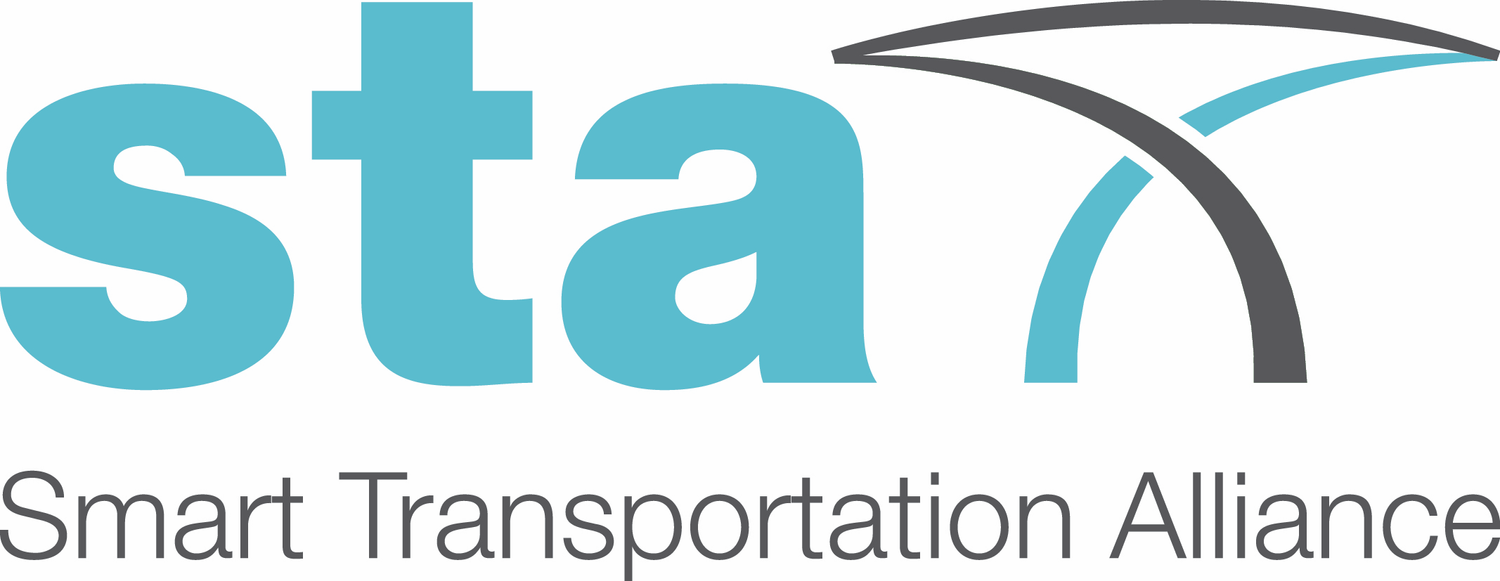STA SURVEY REVEALS THE IMPORTANCE OF SMART INFRASTRUCTURES IN ORDER TO IMPROVE SAFETY AND SECURITY OF PASSENGER AND FREIGHT TRANSPORT
The STA Technical Committee on Smart Safety and Security (TC2), chaired by Mr Wolf P. Zeplin, has conducted a survey between 31 May and 27 June 2018 on the challenges and opportunities faced by a new generation of safer and more secure transportation infrastructures.
69 experts across the world have contributed to the survey by sharing their views on the current and future hurdles and on possible ways to improve the safety (prevention of accidents) and security (prevention of malicious activities) of transportation networks.
Most notably the survey highlights that:
Airports are perceived as safe or very safe by 96% of the respondents. Railways and ports follow with respectively 93% and 87% of respondents. However, 52% of them declare road infrastructures as not very safe.
In terms of security a similar pattern shows that airports are perceived secure or very secure by 90% of the respondents. Ports and Railways follow with respectively 74% and 72% of respondents. Again, 52% of them declare roads as not very secure.
On a ranking scale 1-5, safer design of infrastructure is considered to be the action that has the most potential of reducing transportation mortality and injury rates. This is followed by the modernisation of existing infrastructures, their maintenance, safety monitoring (e.g. data collection), and finally the standardisation of safety devices and equipment.
The majority of respondents also believe that safety-related actions should mainly be taken on interurban networks (61%) and to a lesser extent on urban Networks (30%). Rural networks are not considered a priority, with only 9% of choices.
87% of the respondents agree with the statement that solutions acting directly on infrastructure allow a rapid implementation and have immediate social benefits.
For 70% of the participants, the contribution of European Standardisation (CEN) to safer devices and equipment is considered effective or very effective, while 30% consider it not so effective.
Security issues appear more relevant for passenger transport (93%) compared to freight transport (86%).
In terms of actions with more potential to increase security, on a ranking scale 1-4, respondents have indicated infrastructure-based systems (e.g sensors) as the most effective. This is followed by adequate resilience planning, cyber-security and, lastly, police enforcement measures.
48% of respondents believe funding for safety and security should be increased at national level and 41% at European level; the rest (11%) point out at the local level.
80% of the participants believe that infrastructure R&D should address both safety and security issues. However, R&D efforts in safety are perceived relatively more important (17%) compared to security (3%).
According to these results, STA considers that transportation accidents remain an on-going challenge across developed and less-developed countries. According to the stakeholders consulted, the design of transportation infrastructure is primordial to reduce the number of fatalities and injuries; overall, modernisation of existing infrastructures is perceived as more effective than their maintenance.
STA would like to thank all participants for their valuable input to this survey.

